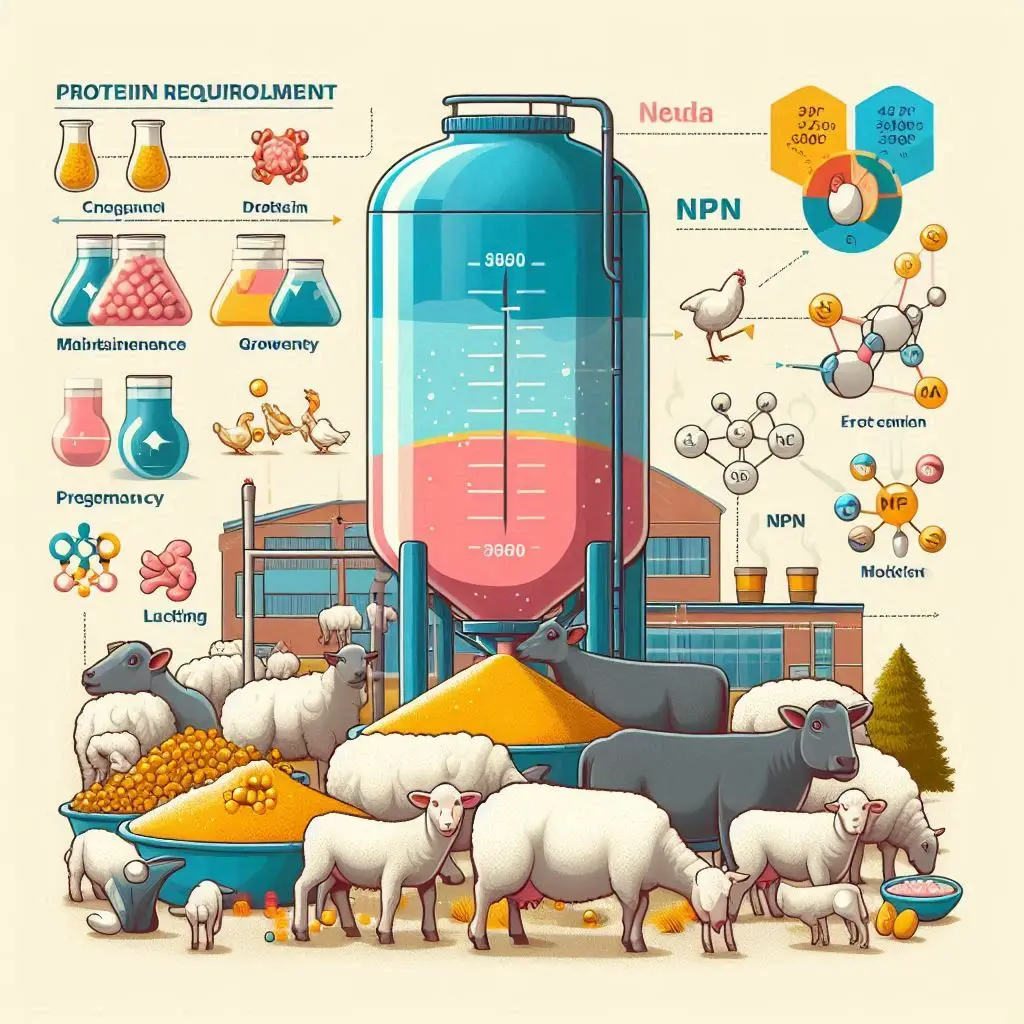Mould Inhibitors

Mould inhibitors play a crucial role in the livestock industry, serving as feed additives that prevent the growth of moulds and fungi in animal feeds. Mould contamination can lead to spoilage and the production of harmful mycotoxins, which can severely impact animal health and performance. This article explores the types, mechanisms, benefits, and specific products of mould inhibitors, providing a comprehensive overview of their importance in animal nutrition.
What Are Mould Inhibitors?
Mould inhibitors are substances added to animal feed to minimize the risk of mold growth. They help maintain feed quality and safety by preventing spoilage and the formation of mycotoxins. These toxins can cause various health issues in livestock, including reduced growth rates, reproductive problems, and even death.
Types of Mould Inhibitors
Mould inhibitors can be classified into two main categories:
- Chemical Mould Inhibitors: These are synthetic compounds specifically designed to inhibit mold growth. Common examples include:
- Propionic Acid: Widely used for its effectiveness in lowering pH levels in feed.
- Acetic Acid: Another effective chemical that creates an acidic environment unfavorable for mold growth.
- Sorbic Acid: Often used in combination with other acids for enhanced efficacy.
- Antifungal Additives: These are naturally occurring substances that can also act as mould inhibitors. Examples include:
- Essential Oils: Derived from plants, these oils possess antifungal properties.
- Plant Extracts: Certain extracts can inhibit fungal growth when added to feeds.
Mechanisms of Action
Mould inhibitors work through various mechanisms:
- pH Reduction: Chemical mould inhibitors lower the pH of the feed, creating an acidic environment that inhibits mold and fungal development.
- Nutrient Disruption: Some antifungal additives disrupt nutrient transport within mold cells, hindering their ability to survive and reproduce.
- Moisture Control: By reducing moisture levels in feed, mould inhibitors create less favorable conditions for mold growth.
Benefits of Mould Inhibitors
The use of mould inhibitors offers several significant benefits:
- Improved Feed Quality: Mould inhibitors help maintain the visual and nutritional quality of animal feeds, preventing spoilage and related issues.
- Mycotoxin Reduction: By inhibiting mold growth, these additives significantly reduce the risk of mycotoxin contamination, which can adversely affect animal health.
- Extended Shelf Life: The use of mould inhibitors prolongs the shelf life of feed, reducing waste and ensuring that feed remains suitable for consumption over time.
- Cost Savings: Preventing mold growth and mycotoxin contamination translates into significant savings for livestock producers through improved productivity and reduced veterinary costs.
Specific Products
Several commercial products serve as effective mould inhibitors:
- MOLD-ZAP®: This product contains buffered propionic acid designed to inhibit mold growth while being safe for handling. It is effective across various livestock species.
- Amonex®: A blend of organic acids formulated for immediate and long-lasting protection against molds, showing high efficacy in trials.
- BIOMIN® CleanFeed: A unique blend aimed at preserving finished feed against spoilage from molds, yeasts, and bacteria.
The Importance of Mould Inhibitors in Livestock Health
Mould inhibitors are essential for ensuring the health and productivity of livestock. They act as a first line of defense against mycotoxins that can endanger animal health. Chronic exposure to mycotoxins can lead to severe health issues, including cancer induction and immunosuppression.
The National Institutes of Health (NIH) emphasizes that controlling mycotoxins is largely preventive. Once mycotoxins develop in feed, they cannot be removed, making prevention critical for large-scale livestock producers.
Conclusion
In summary, mould inhibitors are vital components in animal nutrition that help prevent mold growth and mycotoxin contamination in feeds. By improving feed quality, reducing health risks associated with mycotoxins, and extending shelf life, these additives contribute significantly to livestock health and productivity.
For more pearls of Vets Wisdom:
https://wiseias.com/partitioning-of-food-energy-within-animals/






Responses